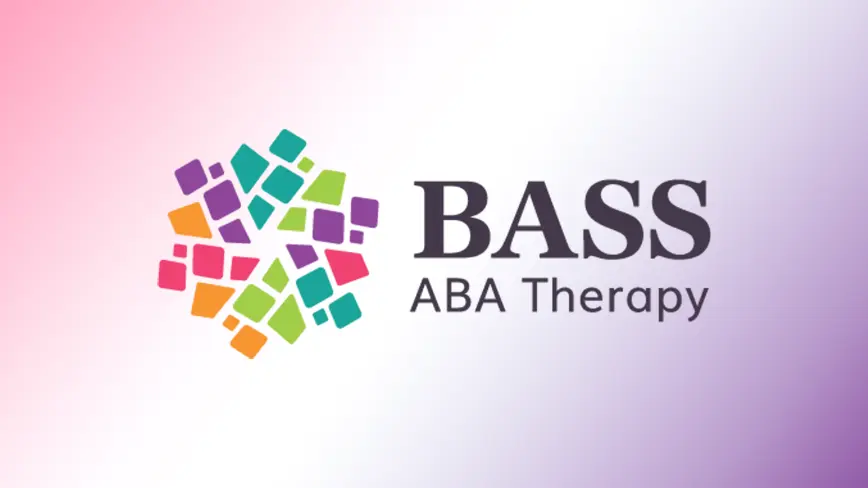Running a successful therapy practice requires a strong financial foundation. As Gosia Lindfeldt, Director of Business Operations and RCM of Beyond Autism Services, explains, “Any good ABA company can be measured on two sides: Our clinical success, which is our wonderful clinicians, and then the company’s financial stability.” A solid revenue cycle management (RCM) process is what supports that stability. In this blog, we’ll walk through each stage of the RCM workflow and the role it plays in a thriving practice.
What Is RCM in ABA?
In ABA therapy, RCM encompasses the financial processes for tracking client care from intake through final payment. This includes verifying insurance eligibility, securing authorizations, submitting claims, posting payments, and managing any denials that arise. Each step is interconnected, so mistakes and oversights at one step can impact subsequent steps.
When each process is completed accurately, payors are more likely to approve claims and issue timely payments. Consistent cash flow and high collection rates give practices the stability they need to provide reliable, quality care.
Breaking Down RCM
An organization’s RCM starts at intake and continues throughout the delivery of services, billing, and final payment. The following steps outline the RCM workflow in ABA therapy and why accuracy during each stage is necessary for financial health and long-term sustainability.
- Client Intake
The revenue cycle begins when a new client enters the practice. The steps the practice takes during intake are critical to laying the foundation for a strong RCM.During this first stage, providers collect important information, including:- Client demographics (e.g., client’s name, date of birth, contact information)
- Availability
- Insurance information
- Prescription for services, if required by the payor
- Required documentation (e.g., consent forms, release of information forms)
Collecting complete information up front prevents setbacks down the line. It sets the stage for accuracy in authorization requests, session documentation, and billing claims, which are all key factors in maintaining a financially healthy practice.
- Client Setup: Insurance Verification and Authorization
Before therapy services can begin, providers must verify the client’s insurance coverage and benefits. This step is critical to confirm that the services are eligible for reimbursement with the funder and to prevent surprise bills for the family.In addition, many payors require prior authorization for ABA services. Once coverage is verified, the clinician completes the required steps for submitting an authorization request, including administering assessments and writing a treatment plan. Having an active authorization for services on file allows providers to plan schedules accordingly and prevent claim denials. - Scheduling
After authorizations are secured, the scheduler creates a therapy schedule that takes into account the client’s needs, client and staff availability, location, and other relevant factors. Accurate session setup helps prevent scheduling mistakes that could lead to billing and authorization errors, such as overutilization. - Service Delivery and Documentation
Payor-compliant documentation is vital for a smooth-running revenue cycle. During this stage, clinicians render services and record details in session notes. This documentation may be needed to validate claims.As the saying goes, “data or it didn’t happen.” Without thorough and compliant session notes, practices risk claim denials, delayed payments, and potential audits. Even if a claim is initially paid, it may be deemed non-payable if an audit reveals missing or incomplete documentation. In that case, the practice can get hit with clawbacks, which harm cash flow.By maintaining high-quality documentation, ABA providers help ensure that the revenue cycle continues efficiently and they can receive reimbursement for the services provided.During this stage, using digital data collection and electronic session notes within a unified platform enhances efficiency. It minimizes risks associated with paper workflows, like lost data sheets and illegible writing, while making documentation less time-consuming for direct care staff. - Billing Entry Creation
After rendering and documenting services, the next step in the revenue cycle is turning those records into claims. This involves compiling client information, assigning the correct CPT code and modifier, and formatting the claim per payor requirements. Using a unified platform that seamlessly generates claims directly from timesheet information reduces the likelihood of manual errors and expedites the submission process. - Claim Validation
For proactive revenue management, practices should validate all billing entries against payor-specific rules. Conduct a billing scrub to identify any potential errors or missing information before allowing the payor the opportunity to catch them. Catching issues at this stage can substantially reduce denials and speed up reimbursement. - Documentation Audits
Reviewing session notes for audit triggers and compliance gaps is another critical step to take before submitting claims. While pre-billing audits are important, many practices struggle to complete these due to time and resource constraints. With recent advancements in technology, AI auditing tools offer an automated approach to billing scrubs and pre-billing documentation audits without taking time away from clinical care. - Claim Generation
Once all pre-billing checks are complete, a claim is generated. Using a unified platform allows practices to seamlessly generate electronic claims from clean billing entries, eliminating manual batching. - Submission & Reconciliation
When claims are approved and payments are received from the payor, the next step involves posting payments into the practice’s system. It’s important to record all reimbursements accurately. Staying on top of payment record keeping ensures practices identify and follow up on errors, underpayments, or other discrepancies early. It also allows for clear visibility into the practice’s financial performance, which is necessary for forecasting and organizational planning.

Driving Continuous Improvement in RCM
Even with optimized RCM processes, claim denials are sometimes unavoidable. The key to long-term success lies in how practices respond, learn, and adapt. By combining strong denial management with post-payment analysis, organizations can transform setbacks into opportunities for ongoing improvement.
Denial Management and Follow-Up
When denials occur, practices should act quickly to identify the cause, correct errors, and resubmit. In cases where denials are issued in error, appealing may be necessary. Common denial reasons include:
- Incorrect use of CPT codes
- Missing or expired authorizations
- Duplicate claims submitted
- Failure to meet timely filing limits
- Exceeded medically unlikely edits (MUE)
- Insufficient supporting documentation
- Inaccuracies in client or provider information
- Missing required elements
Addressing these issues promptly not only recovers revenue but also prevents similar denials in the future.
Post Payment Analysis
Once payments are received, it’s important to dig deeper with ongoing reporting and analytics. Tracking metrics such as denial rates, days in A/R, and gross collection rates provides a clear picture of the overall health of the revenue cycle. Regular reviews help practices:
- Identify process bottlenecks
- Spot recurring errors
- Uncover root causes of denials
- Highlight opportunities to improve cash flow and collections
Together, denial management and post-payment analysis create a feedback loop that empowers practices to refine processes, reduce future denials, and strengthen financial performance over time.
Building a Sustainable Practice Starts With a Robust RCM
The impact of an organization’s revenue cycle management is felt across every aspect of the organization. Poor financial management results in high risk, which can extend to clinical care. Efficient operations at every stage, from intake to post-payment analysis, protect financial stability, reduce administrative strains, ensure compliance, and safeguard the quality of services delivered. When practices invest in strengthening their RCM, they’re not only improving billing processes; they’re building the foundation for sustainable growth and better outcomes for the clients they support.
Posted in AI, Billing, Clinical, Practice Management
You may also like...
Related information and stories
Harness AI Technology for Efficient ABA Billing, Accurate Claims Auditing & Payor Compliance
See how ABA providers like PediaPlex are transforming billing with AI Navigating the complexities of billing as an ABA provider is no easy feat. Errors in CPT code usage, missing…
Continue ReadingMaximize Revenue with ABA Billing & Revenue Cycle Management Software
ABA billing can be complex. Billers juggle a delicate balance of data transfer, audits, claims submission, triage, and collections. Using the right tools and workflow can improve efficiency for your…
Continue ReadingUnleash the Power of CentralReach Practice Management Software & Revenue Cycle Management Software
In today’s dynamic ABA landscape, efficient practice management is paramount for delivering quality care while ensuring the financial well-being of organizations. For billers, navigating through the complexities of billing processes…
Continue Reading






